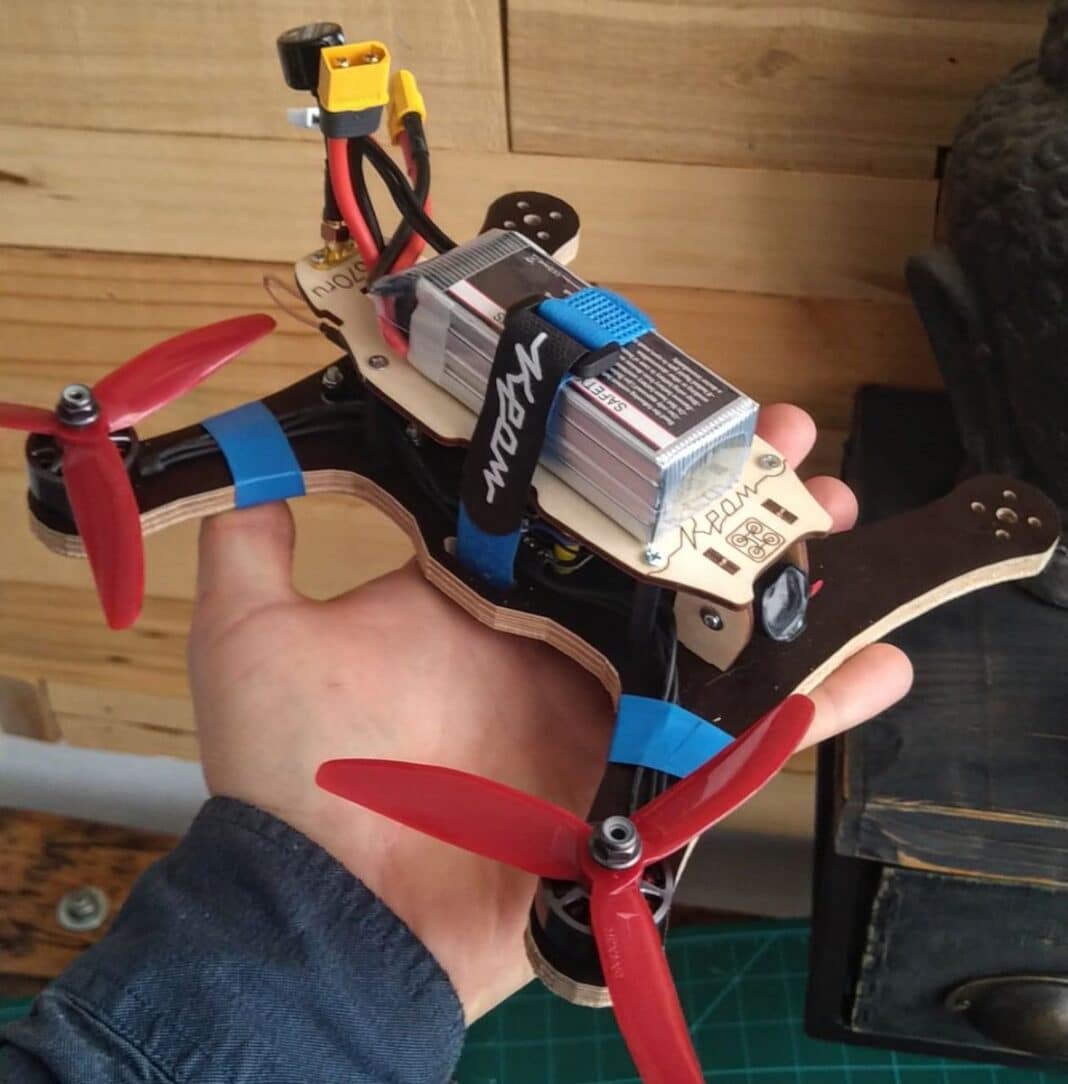Russian volunteers now use Chinese plywood to assemble drones and transport them to Russian soldiers to attack Ukrainian cities.
It comes as Wood Central revealed last month that Ukrainian soldiers are using “killer cardboard drones” supplied by the Australian defence contractor SYPAQ Systems, classified in military terms as ‘expendable drone technology.’
Wood Central can reveal that the plywood-framed drones can reduce the cost of drone manufacturing by 10-15% and have the potential, if approved by the Russian government, to scale up the production to meet repaid deployment.
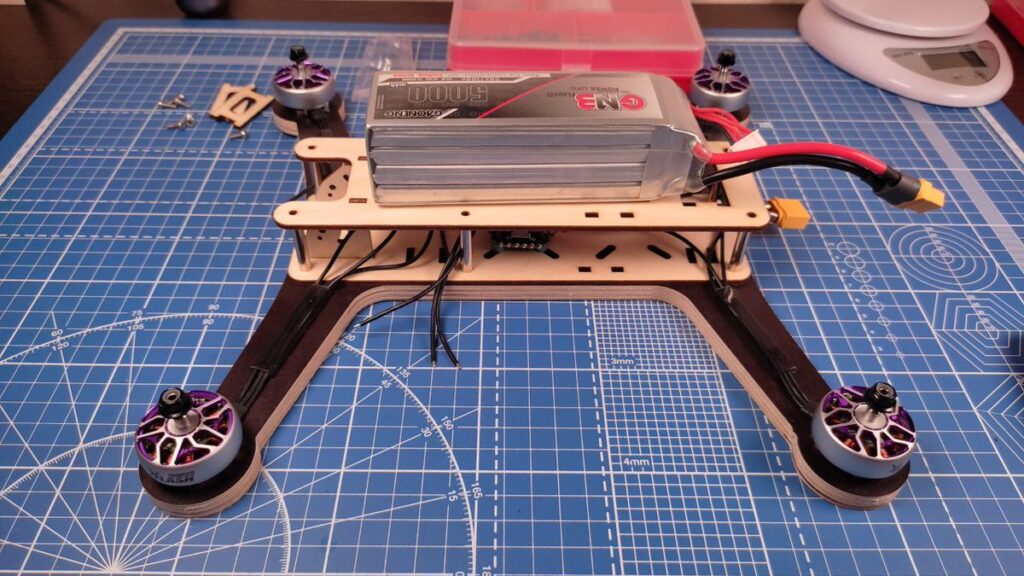
The advantage of the design is “its ease in making different size frames for different applications,” according to a Russian source.
“For example, 5-inch frames are suitable for training, 6-inch for reconnaissance, 7-inch for kamikaze and 9-inch for bomber.”
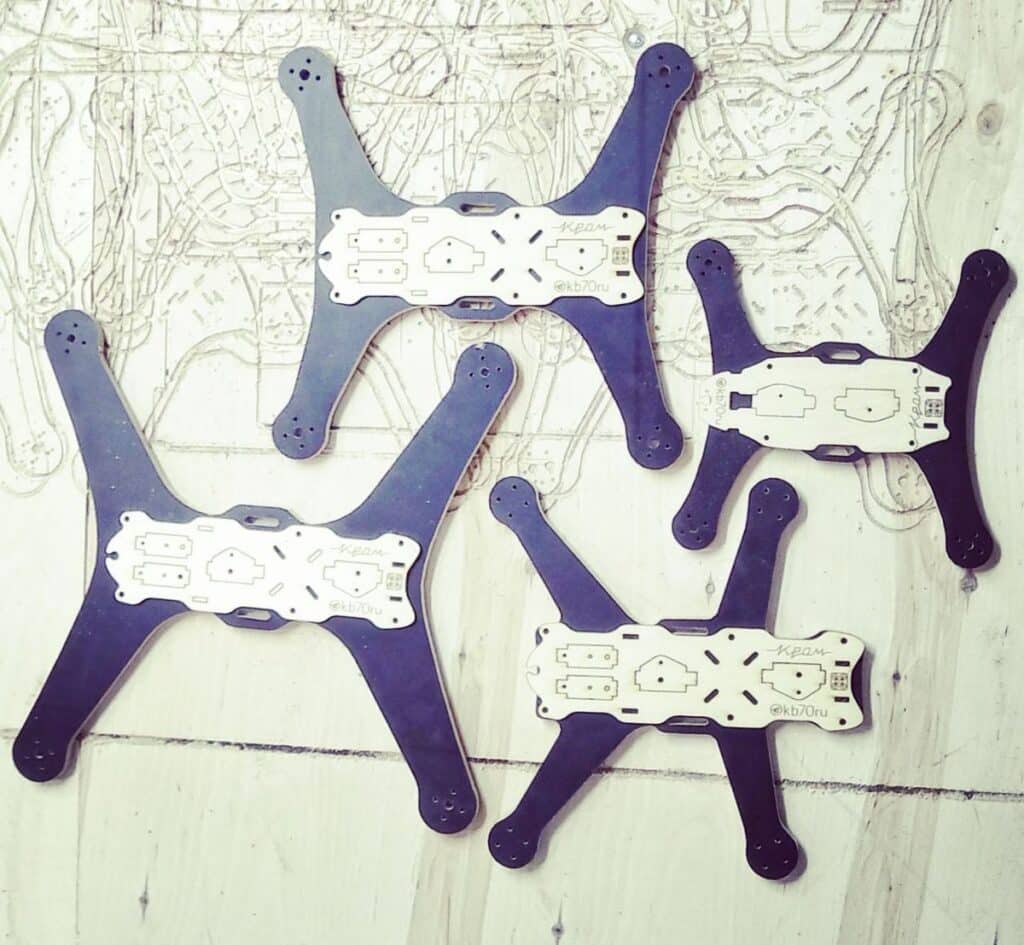
A computer-controlled router is used to cut the drone frames out of 9mm thick plywood, with a laser cutter cutting parts out of thinner plywood.
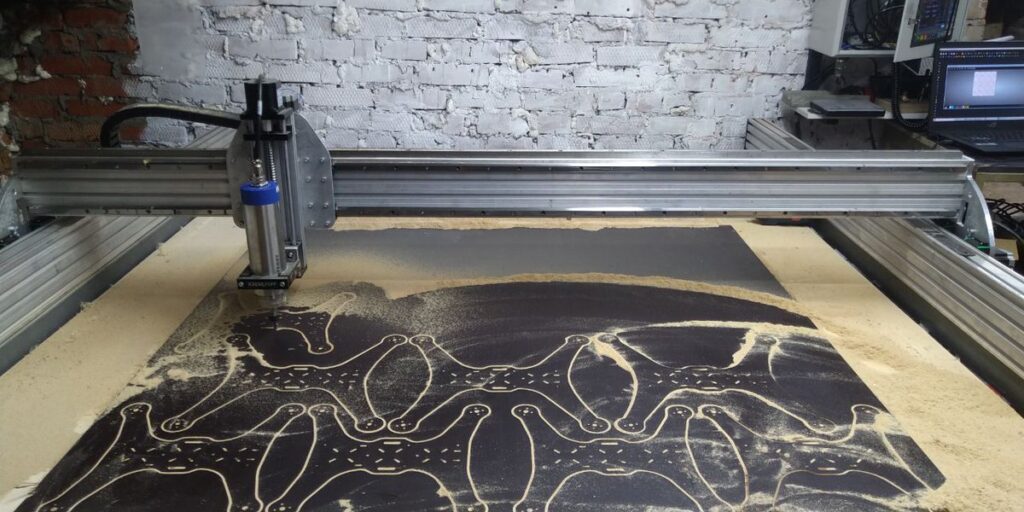
The frame is assembled with drone fitments- 4 motors and propellers, an ELRS receiver, a flight controller stack, a camera and video transmitter, an antenna and a battery.
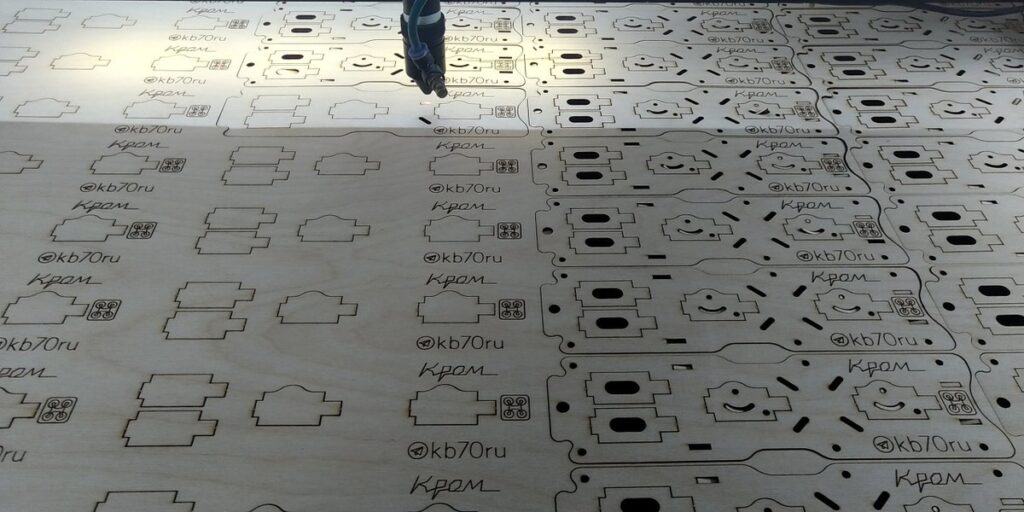
“Keep in mind that to turn 500 frames into drones would require about US $200,000 worth of components,” the source said.
“In a poor and corrupt country like Russia, it’s unclear how this would work out.”
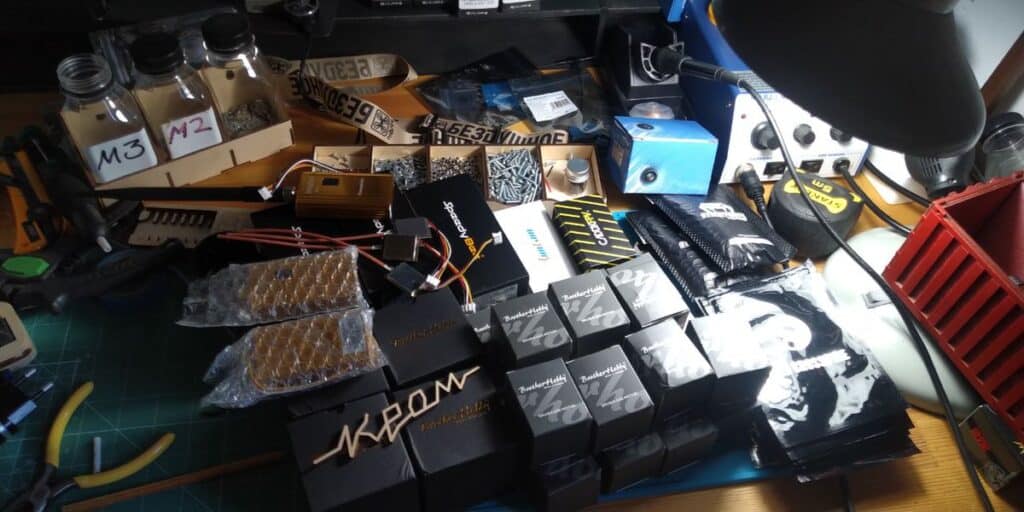
Wood Central understands that many of the frames produced by volunteers were shipped to the Ukrainian war front but have disappeared.
Since Russia invaded Ukraine, the country’s relationship with China took on even greater significance.
More than 83% of Russia’s timber export goes through Chinese supply chains, with China now Russia’s distribution point to global forest markets.
China is the world’s largest plywood manufacturer and, in 2020, supplied more than 71% of the world’s plywood market.
A significant portion of plywood produced comes from Russia’s Siberia and Far East forests, which are exported to China and presumably reimported to Russia via train or sea.
This could include the proposed Arctic Transhipment, which could see superpowers collaborating on Northern sea routes for oil, gas and timber.

Increasingly, drones have become an integral part of the war. Russian and Ukrainian forces regularly employ them to target personnel and vehicles – with most drones being off-the-shelf models customised to carry grenades.
Last week, the Guardian reported that Iranian kamikaze drones used in the latest Russian attacks are filled with European components.
According to a secret document sent by Kyiv to its Western, it appeals for long-range missiles to attack production sites in Russia, Iran and Syria.

In the 47-page document submitted by Ukraine’s government to the G7 governments in August, it is claimed there were more than 600 raids on cities using uncrewed aerial vehicles (UAVs) containing Western technology in the previous three months.
According to the paper obtained by the Guardian, 52 electrical components manufactured by Western companies were found in the Shahed-131 drone and 57 in the Shahed-136 model, which has a flight range of 2,000km (1,240 miles) and cruising speed of 180kmh (111mph).

Five European companies, including a Polish subsidiary of a British multinational, are named as the original manufacturers of the identified components.
“Among the manufacturers are companies headquartered in the countries of the sanctions coalition: the United States, Switzerland, the Netherlands, Germany, Canada, Japan, and Poland,” it claims.



